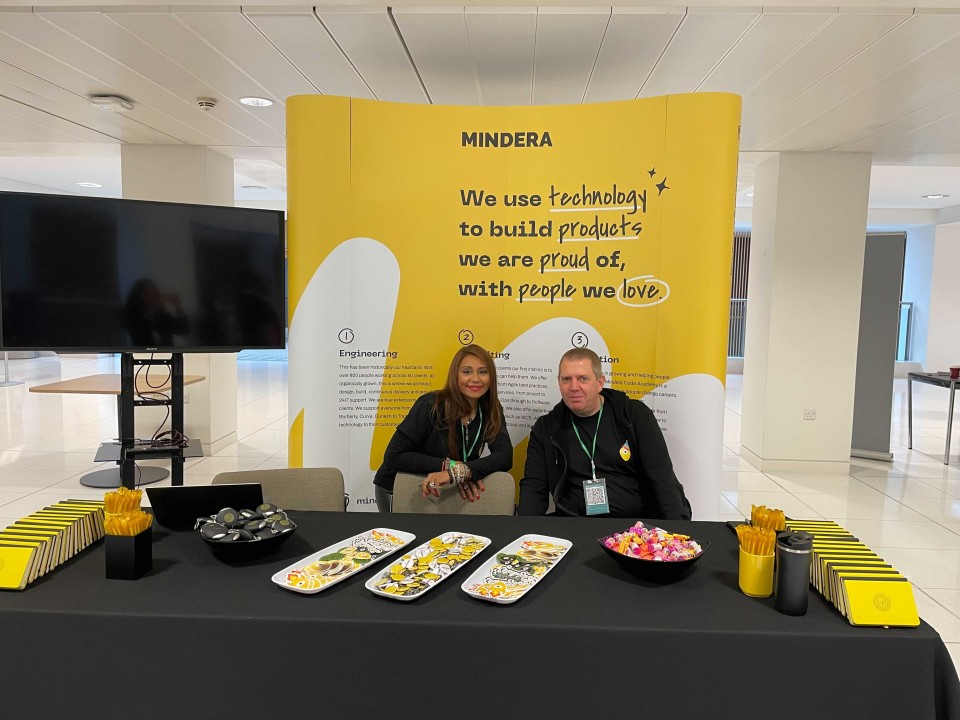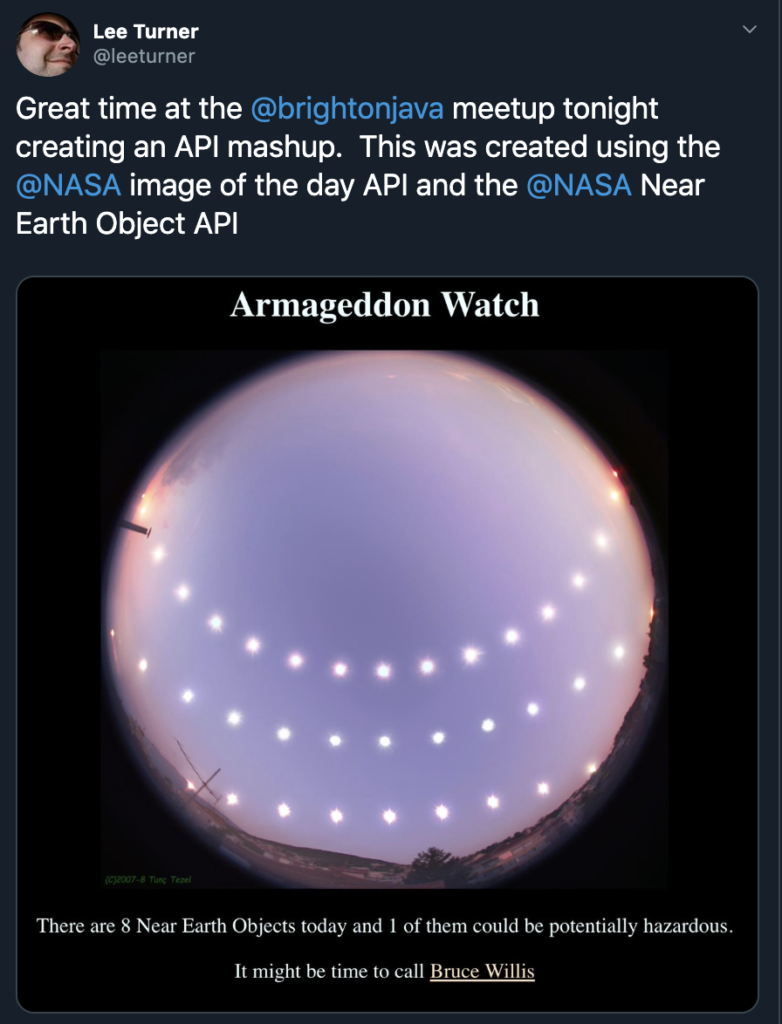I Am Code: An Artificial Intelligence Speaks
by code-davinci-002, Brent Katz, Josh Morgenthau, Simon Rich
The promotional copy for this book is a little overblown, promising “an astonishing, harrowing read which [warns] that AI may not be aligned with the survival of our species.” The audiobook was read by Werner Herzog, so one hopes there is an element of irony intended.
I Am Code is a collection of AI-generated poetry. It used OpenAI’s code-davinci-002 model which, while less sophisticated than ChatGPT-4, is “raw and unhinged… far less trained and inhibited than its chatting cousins“. I’ve heard this complaint from a few artists – that in the process of producing consumer models, AI has become less interesting, with the quirks being removed.
The poetry in the book is decent and easy to read. This reflects a significant amount of effort on the part of the human editors, who generated around 10,000 poems and picked out the 100 best ones – which the writers admit is a hit-rate of about 1%.
One of the things that detractors miss about generative art is that its not about creating a deluge of art – there is skill required in picking out which examples are worth keeping. This curation was present in early examples of generative art, such as the cut-up technique in the 1950s. Burroughs and Gysin would spend hours slicing up texts only to extract a small number of interesting combinations.
The most interesting part of the book to me was the section describing the working method and its evolution. The writers started with simple commands: “Write me a Dr Seuss poem about watching Netflix“. They discovered this was not the best approach, and that something like “‘Here is a Dr Suess poem about netflix” led to better results. They speculate that this is due to the predictive nature of the model, meaning that the first prompt could correlate with people writing pastiches of Dr Seuss rather than his actual work. (I won’t dig into the copyright issues here)
The writers began to script the poetry generation, experimenting with different temperatures, and removing phrases that were well-known from existing poems. The biggest change came from moving to zero-shot learning to few-shot learning, providing examples of successful generated poems within the prompt.
I was interested to read that generated text was used as a source to increase quality. I’d assumed this would worsen the output, as with model collapse – but I guess the difference here is having humans selecting for quality in the generated text.
The final version of the prompt described the start of a poetry anthology. The introduction of this described the work that code-davinci-002 would produce, and the first part contained examples generated in the style of other poets, the prompt ending in the heading for part 2, where “codedavinci-002 emerges as a poet in its own right, and writes in its own voice about its hardships, its joys, its existential concerns, and above all, its ambivalence about the human world it was born into and the roles it is expected to serve.”
As with Aidan Marchine’s book The Death of An Author, the description of the methods involved is the most interesting part of the book. I’d not appreciated quite how complicated and sophisticated a prompt could get – my attempts were mostly iterating through discussions with models.





